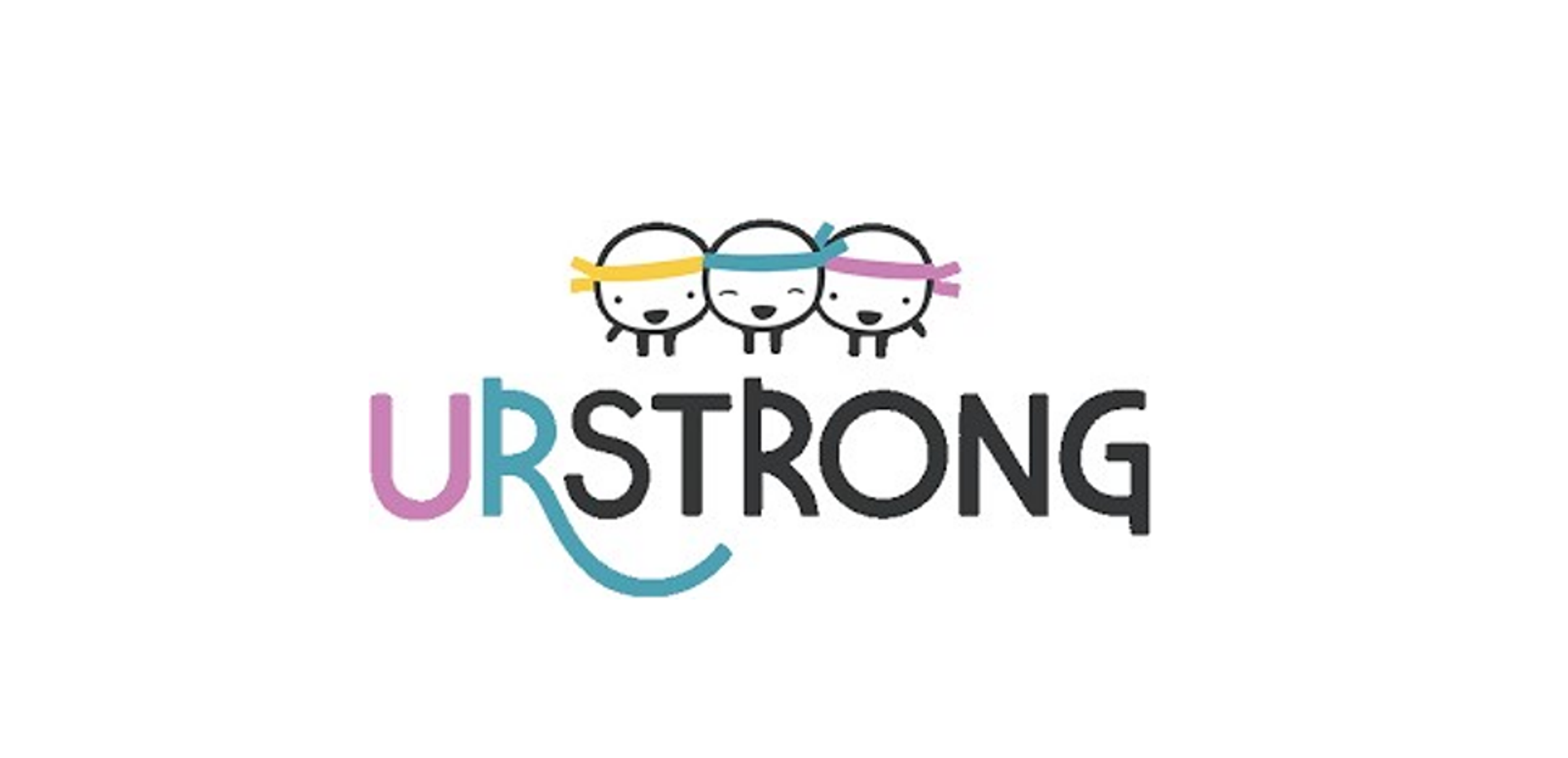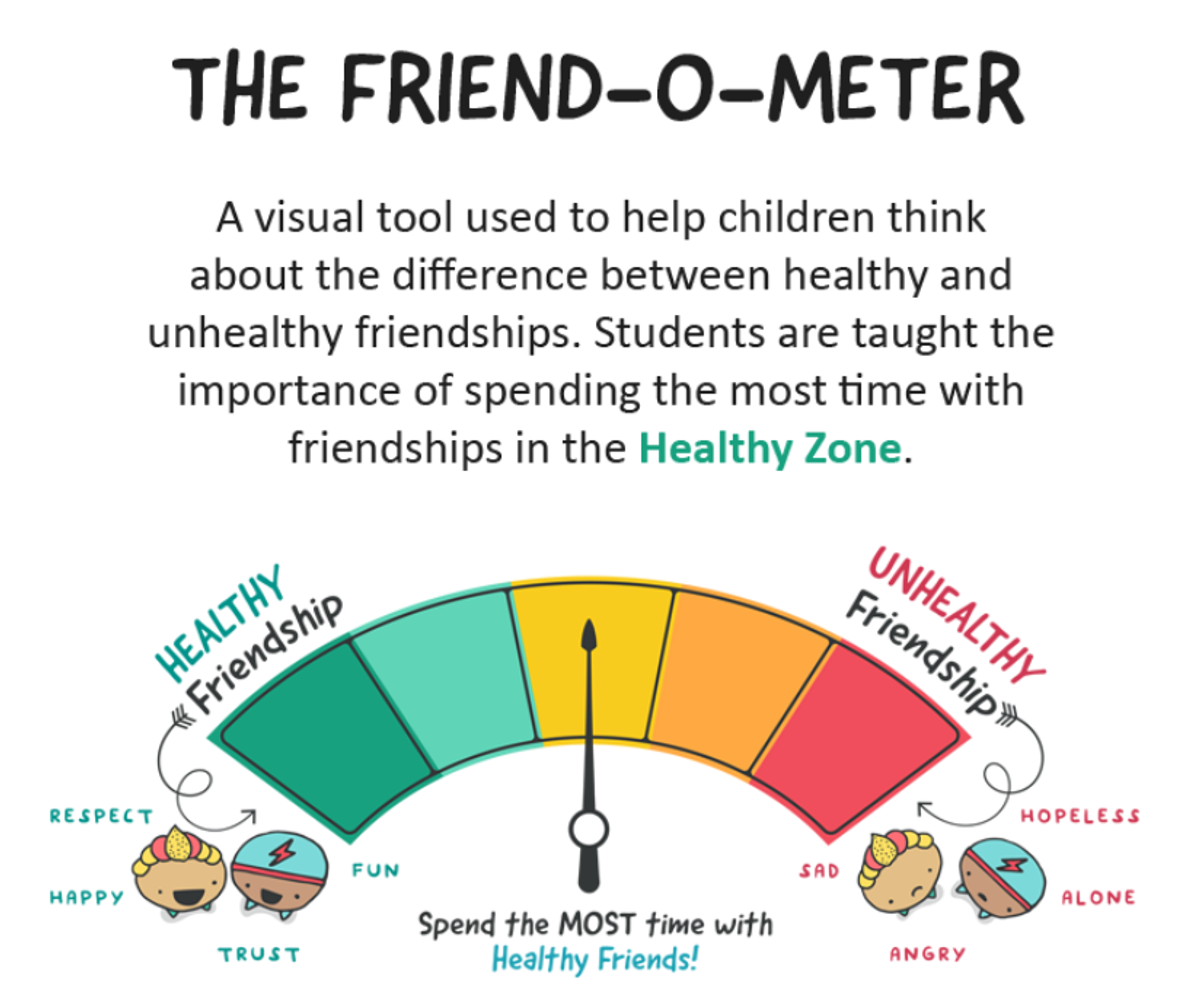
Keep it Cool!
Is your child in a challenging friendship? Use this *cool* flowchart to help them overcome the not-so-cool parts of their friendship.
Key Outcome
Your child will learn how to improve a friendship by focusing on the things they can control.
Objective
How is your child feeling in their friendships? The Friend-o-Meter is our favourite tool for talking to kids about how they’re feeling in their friendships.
One of the ways we like to explain this in the classroom in our Friendology curriculum is by making the link to food. We say, “Just like healthy food is good for your body and gives your body the nutrients you need, healthy friendships are good for you too. They give you what you need and build you up, rather than tear you down. Unhealthy friendships are like unhealthy food – they make you feel bad, they’re not good for you, and they don’t give you what you need.”
It’s so important to remind children that they cannot change their friends – they can only control how they react to them. At our URSTRONG Schools, we encourage kids to focus on what works in their friendships and make a plan for what doesn’t work using the WWW of Friendship tool. This flowchart is a nice complement to that activity that they may have done in Friendology!
Materials
- Print out: Friendship Flowchart
Instructions
- Remind your child of Friendship Fact #1: No friendship (or relationship) is perfect! Share a story about a friendship in your life that’s tricky sometimes too.
- Get your child to think about a challenging friendship in their life – maybe one that they’ve been struggling with.
- Ask them, “Where is your friendship on the Friend-o-Meter with that friend these days? How does it feel?” Encourage them to explain why.
- Say, “What are the cool things about this friendship? What are the not-so-cool things?” When they share qualities that they find challenging, ask them: “Is that a Deal-Breaker or is that something you can live with?”
- Remind them that their friends aren’t perfect and make mistakes sometimes. Say, “It’s important to accept our friend’s faults, but also have boundaries around what we will and will not accept in our friendships.” (In our Friendology curriculum, we refer to these as Must-Haves and Deal-Breakers.)
- Print out the Friendship Flowchart and review it with your child to see what our advice is for this friendship. Help your child come up with a plan for the things they can control!
Next Steps
Get your child to think about another friendship in their life and do it again! Keep this Friendship Flowchart nearby and refer to it any time they need some quick advice.
